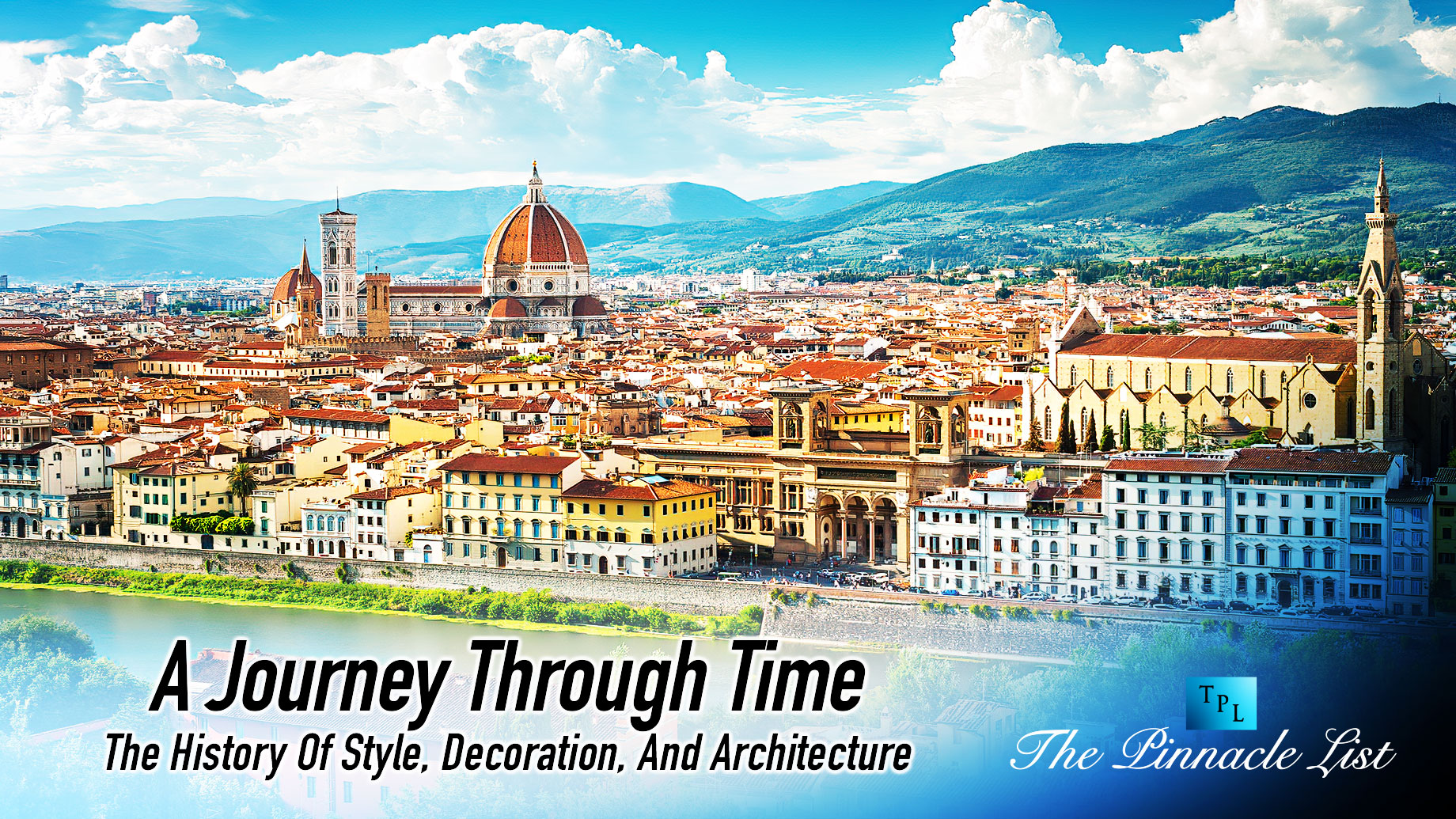
Embarking on a journey through the history of style, decoration, and architecture offers a glimpse into the evolution of human creativity and ingenuity. Each period has left an indelible mark on our built environment, from ancient to modern civilizations. This comprehensive exploration delves into the fascinating narratives of design, exploring the cultural, social, and artistic influences that have shaped our surroundings. The article may inspire people to think about how to become an interior designer, a profession that allows individuals to bring their creative visions to life.
Prehistoric Era, The Origins of Design
The history of style, decoration, and architecture dates back to prehistoric times when early humans began constructing shelters and structures. During this era, the design was driven by practicality and survival. Ancient cave dwellings and primitive huts were constructed using natural materials like stone, wood, and animal hides. Although little is known about the decorative aspects of these structures, there is evidence of symbolic drawings and carvings that possibly served as a means of storytelling and communication.
Ancient Civilizations From Egypt to Greece
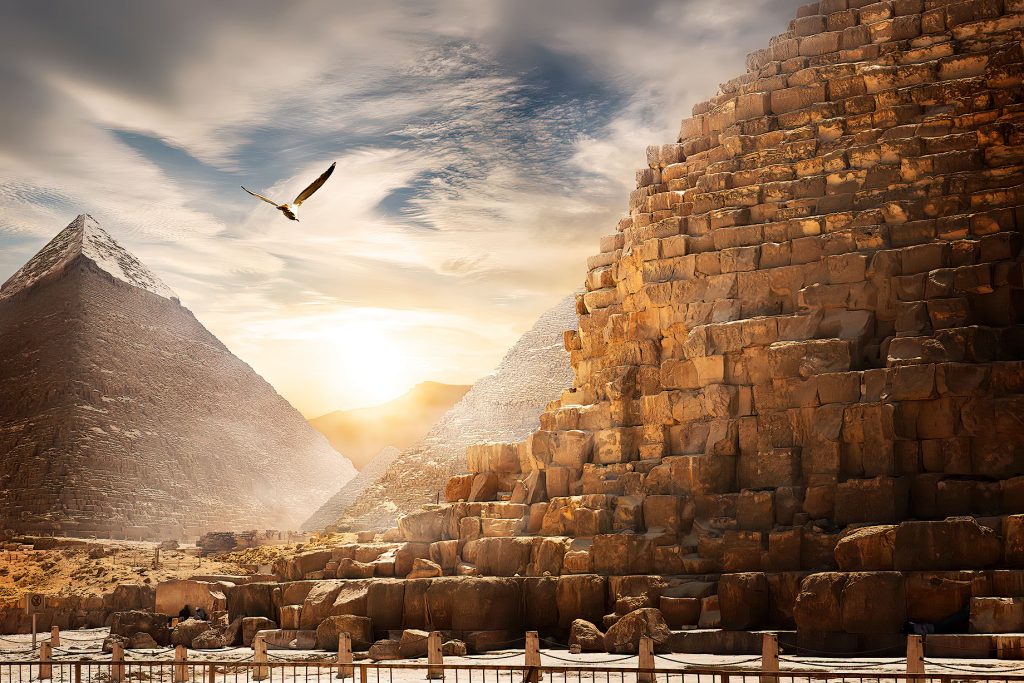
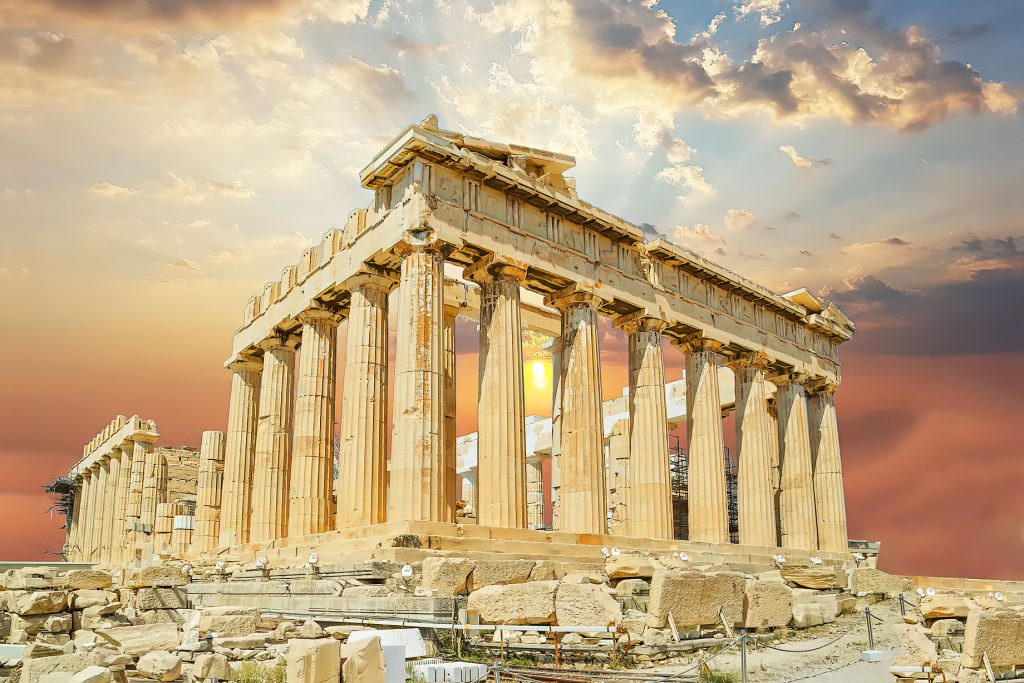
The rise of ancient civilizations marked a significant turning point in the history of style, decoration, and architecture. The iconic pyramids and temples in Egypt showcased advanced architectural techniques characterized by grand scale and precise geometric forms. Elaborate hieroglyphics adorned the walls, depicting narratives of pharaohs and gods. In Greece, the birthplace of classical architecture, monumental structures like the Parthenon exemplified the principles of symmetry and proportion. Decorative elements such as ornate friezes and sculptural details celebrated the myths and legends of Greek gods and heroes.
A Legacy of Grandeur
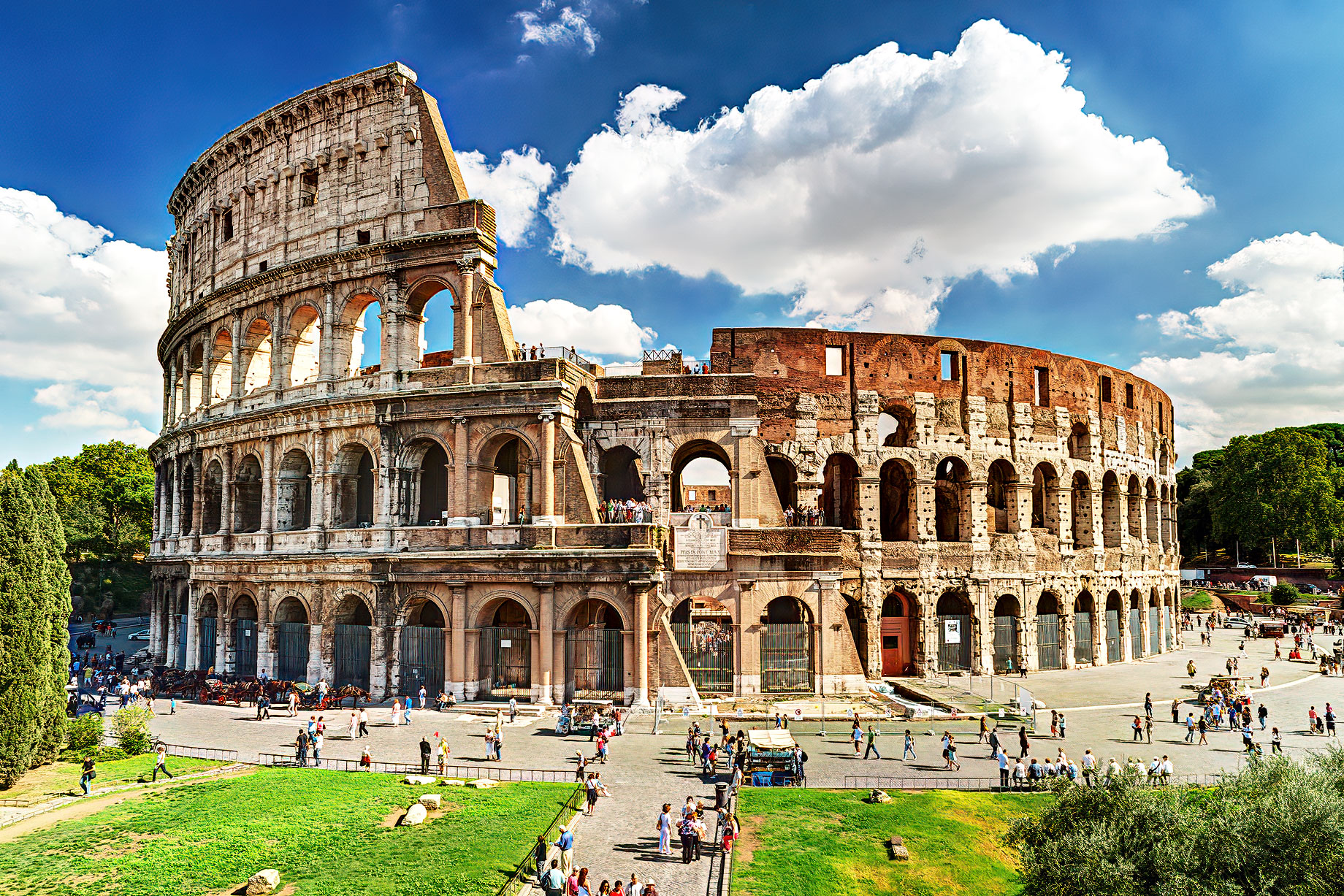
The Roman Empire had a lasting impact on the style, decoration, and architecture world. Romans excelled in engineering, and their buildings showcased advanced construction techniques. The grand Colosseum, with its arches and columns, stood as a symbol of their architectural prowess. Lavish decorations adorned the interiors of villas and public spaces, featuring intricate mosaics, frescoes, and sculptures. Romans also introduced the concept of urban planning, creating well-designed cities with impressive public buildings, aqueducts, and amphitheatres.
Medieval and Gothic Period
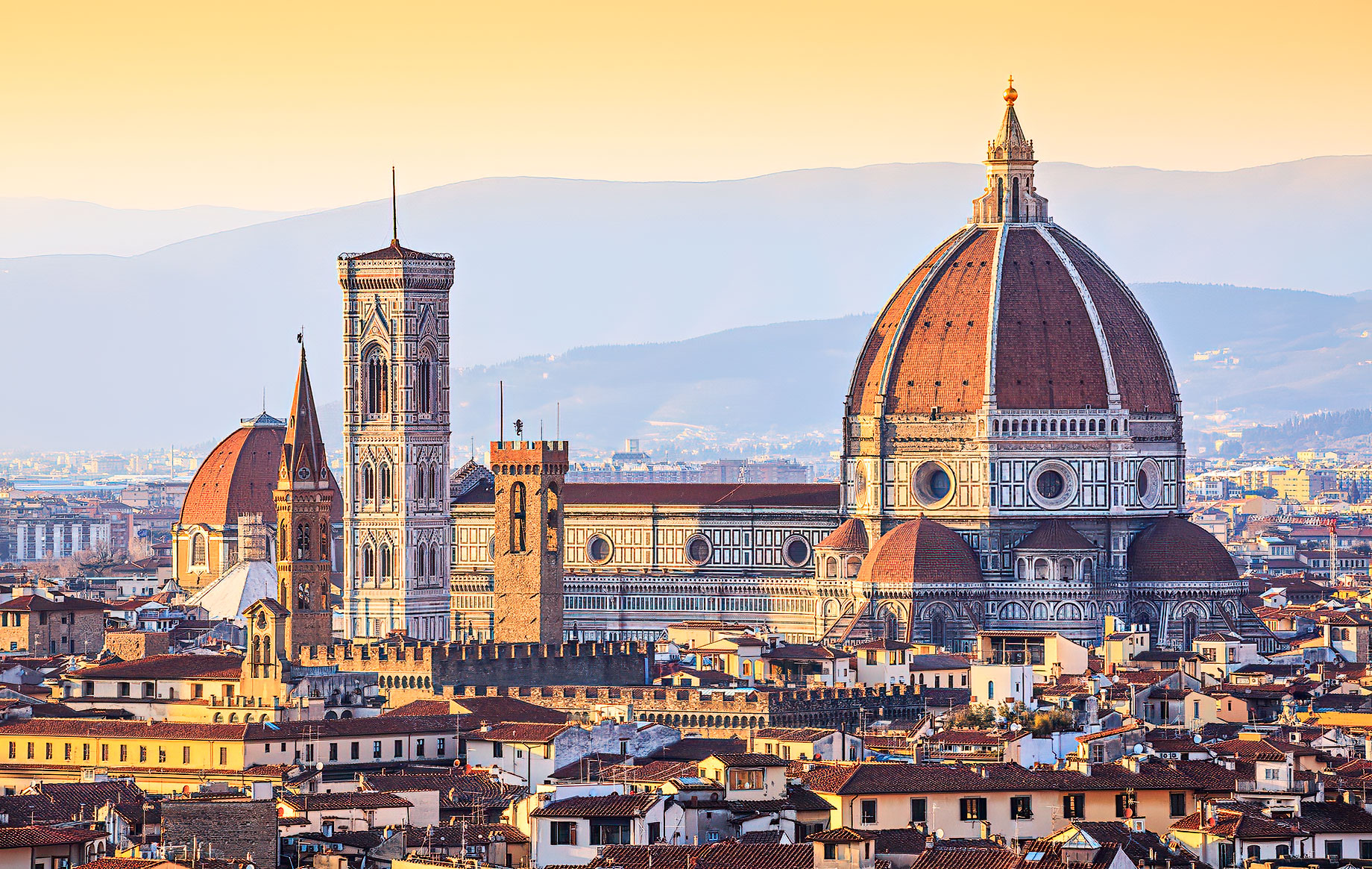
During the medieval period, architecture and decoration were heavily influenced by religious beliefs and the rise of Christianity. Cathedrals and churches became central to communities, characterized by soaring spires and intricate stone carvings reaching towards the heavens. The Gothic style, with its pointed arches, ribbed vaults, and stained glass windows, created an ethereal and otherworldly atmosphere. Elaborate sculptures and intricate woodwork adorned the interiors, depicting biblical scenes and saints.
A Rebirth of Art and Architecture
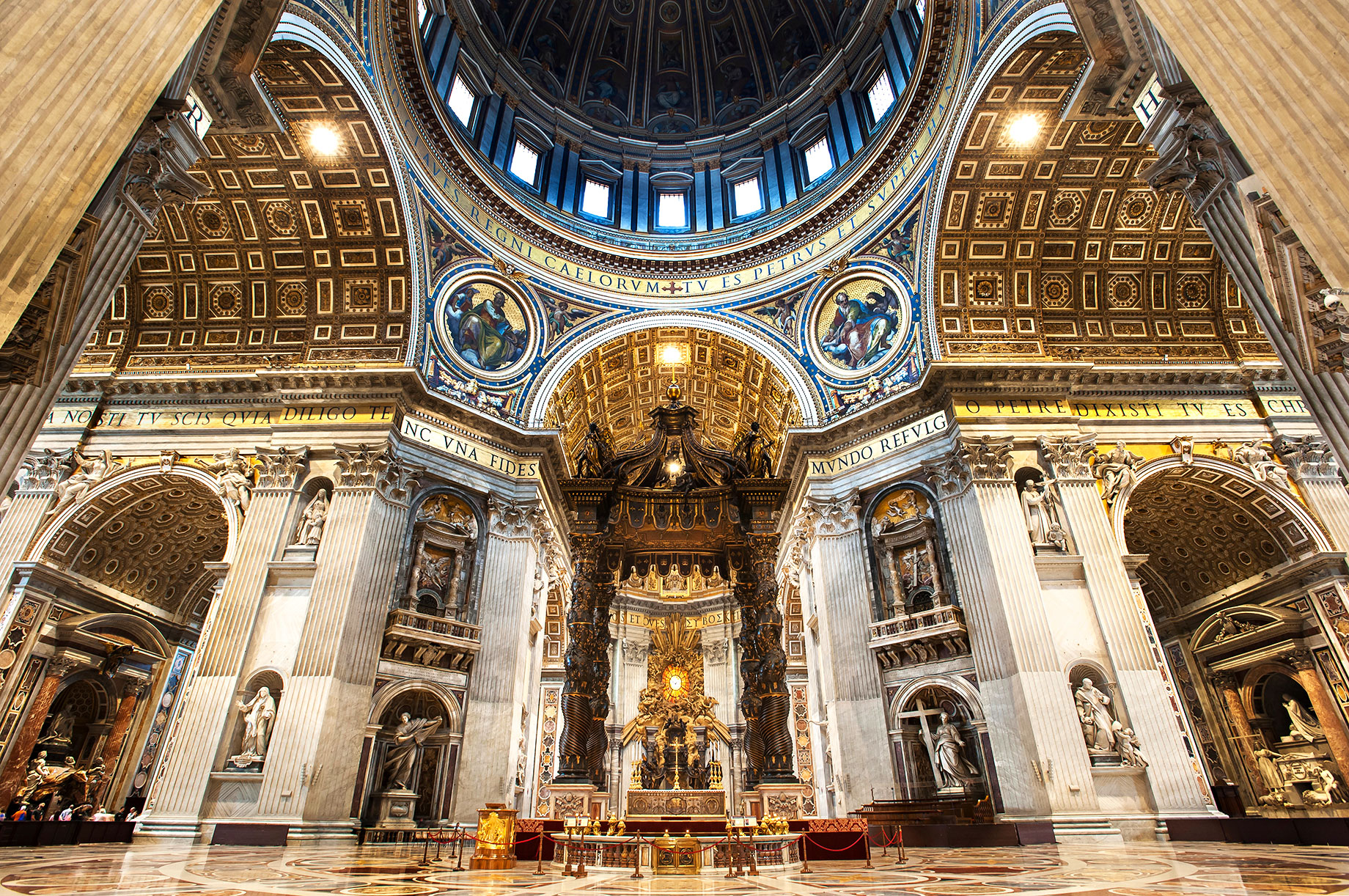
The Renaissance marked a resurgence of European art, culture, and architecture. Inspired by the rediscovery of classical antiquity, Renaissance architects and artists sought to revive balance, proportion, and harmony principles. Influential figures such as Leonardo da Vinci and Michelangelo left an indelible mark on the architectural landscape, designing grand palaces, churches, and public buildings. Decorative elements such as ornate mouldings, frescoes, and sculptures celebrated humanism and the beauty of the natural world.
The Age of Opulence
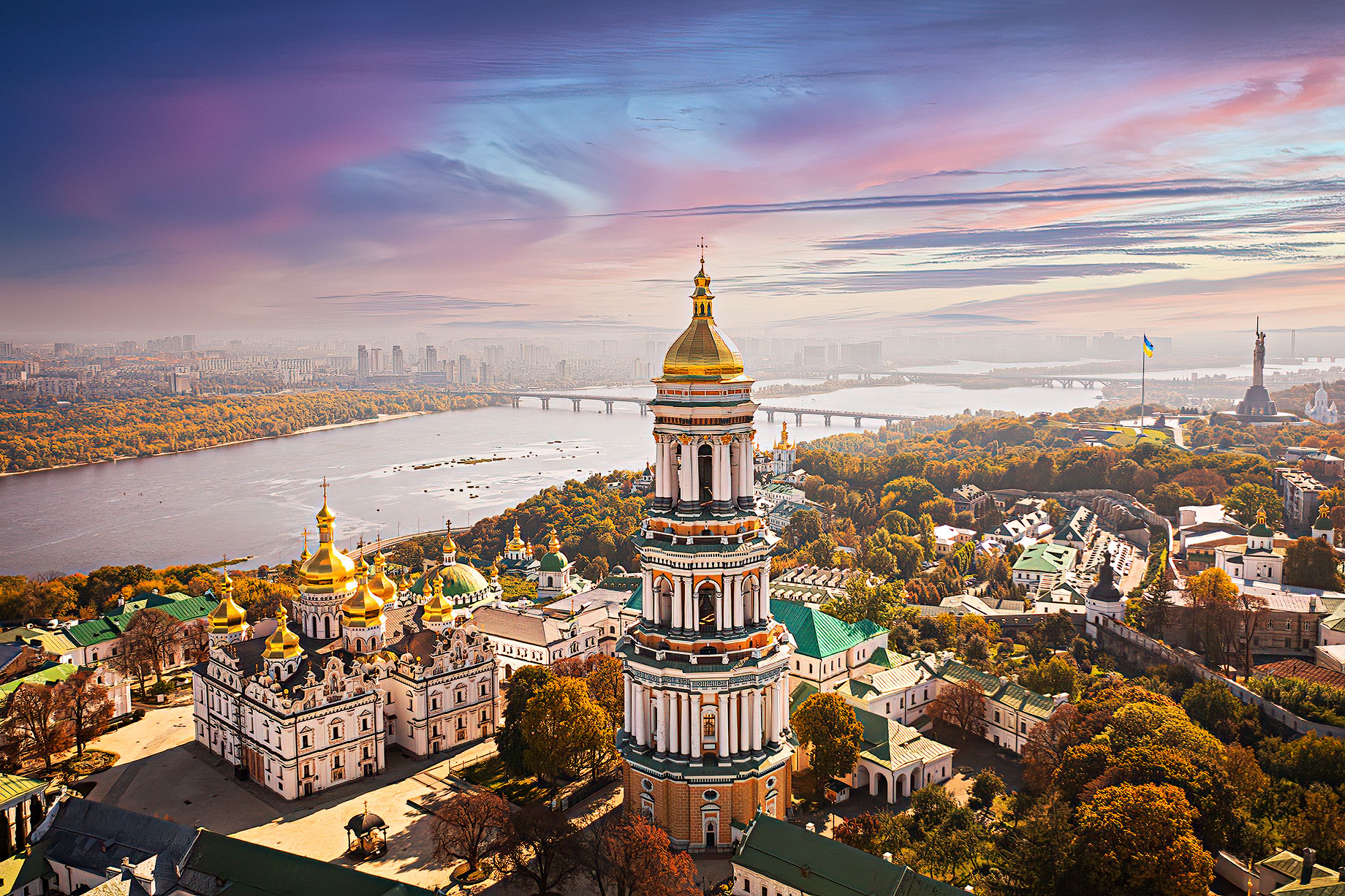
The Baroque and Rococo periods embraced luxury and extravagance in style, decoration, and architecture. Baroque architecture was characterized by grandeur, theatricality, and dramatic lighting effects. Elaborate churches and palaces featured intricate details, including ornate facades, sculptural elements, and lavish interiors. Rococo, an evolution of the Baroque style, emphasized elegance, asymmetry, and delicate ornamentation. Interiors were adorned with graceful curves, pastel colours, and playful motifs, reflecting a desire for luxury and refinement.
Reviving the Past

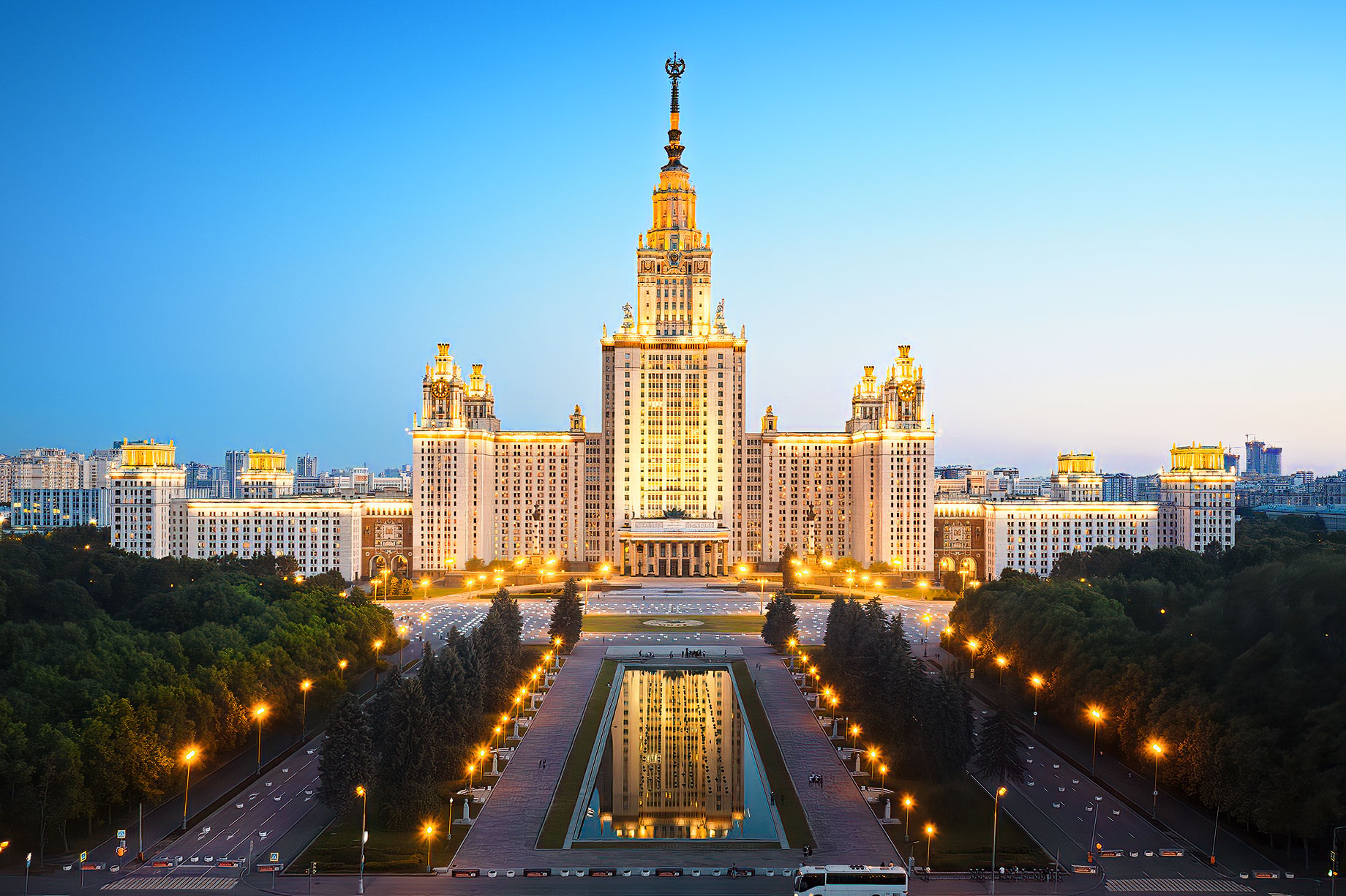
The emergence of the Neoclassical movement was a direct response to the extravagant indulgences of the Baroque and Rococo eras. Inspired by the architectural styles of ancient Greece and Rome, Neoclassical designs emphasized simplicity, symmetry, and clean lines. Buildings such as the U.S. Capitol, Louvre Museum, and Moscow State University showcased the grandeur and dignity of classical architecture. Decoration became more restrained, focusing on Greek and Roman motifs such as columns, pediments, and friezes.
A Celebration of Nature
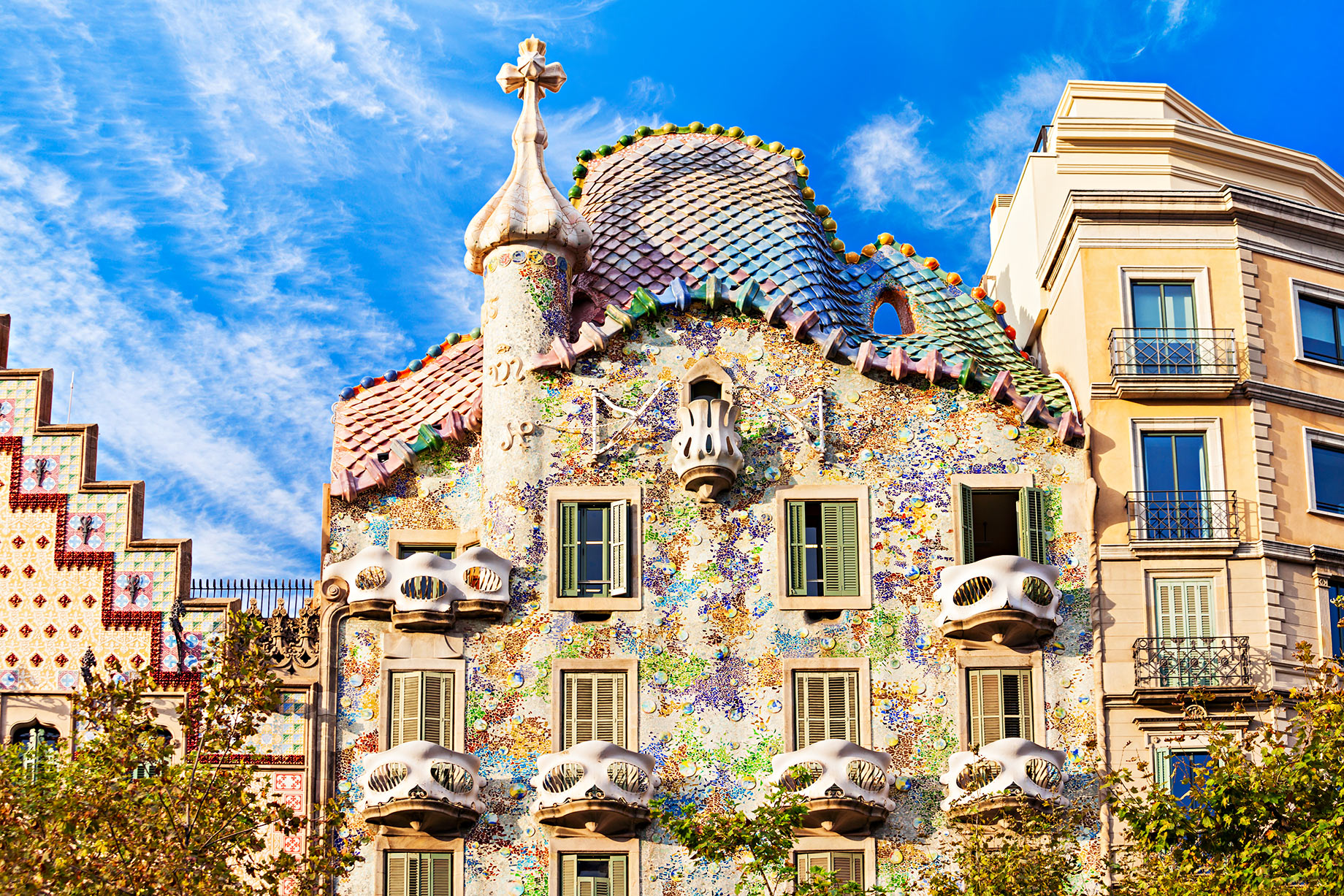
Art Nouveau emerged as a response to the industrialization of the 19th century. This style celebrated organic forms, flowing lines, and the beauty of nature. Architectural designs featured curvilinear shapes, decorative ironwork, and elaborate stained glass windows. Interiors were adorned with intricate patterns inspired by plants and flowers. Art Nouveau was a true fusion of art, architecture, and decoration, emphasizing the integration of all design elements.
Modernism and Contemporary Architecture

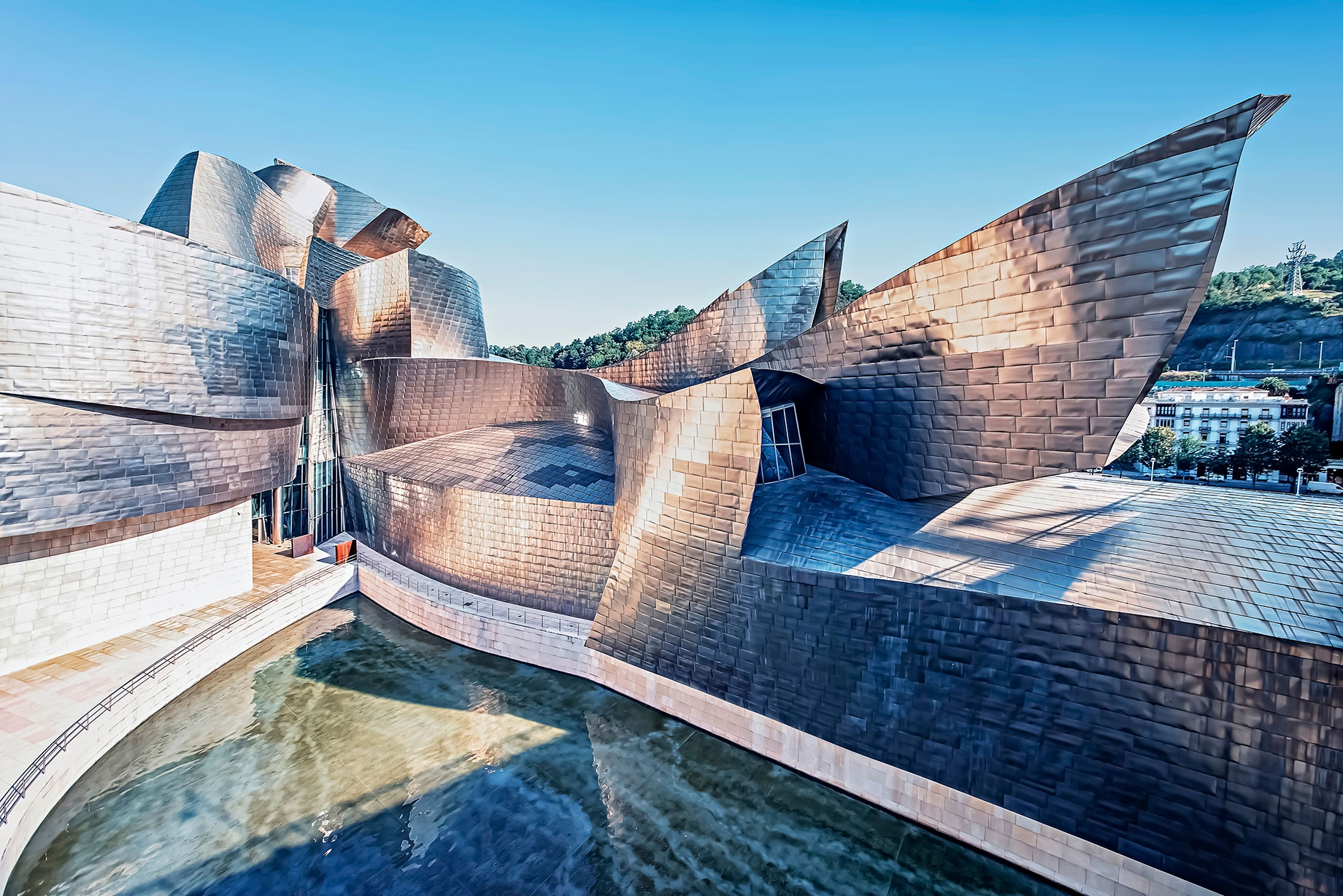
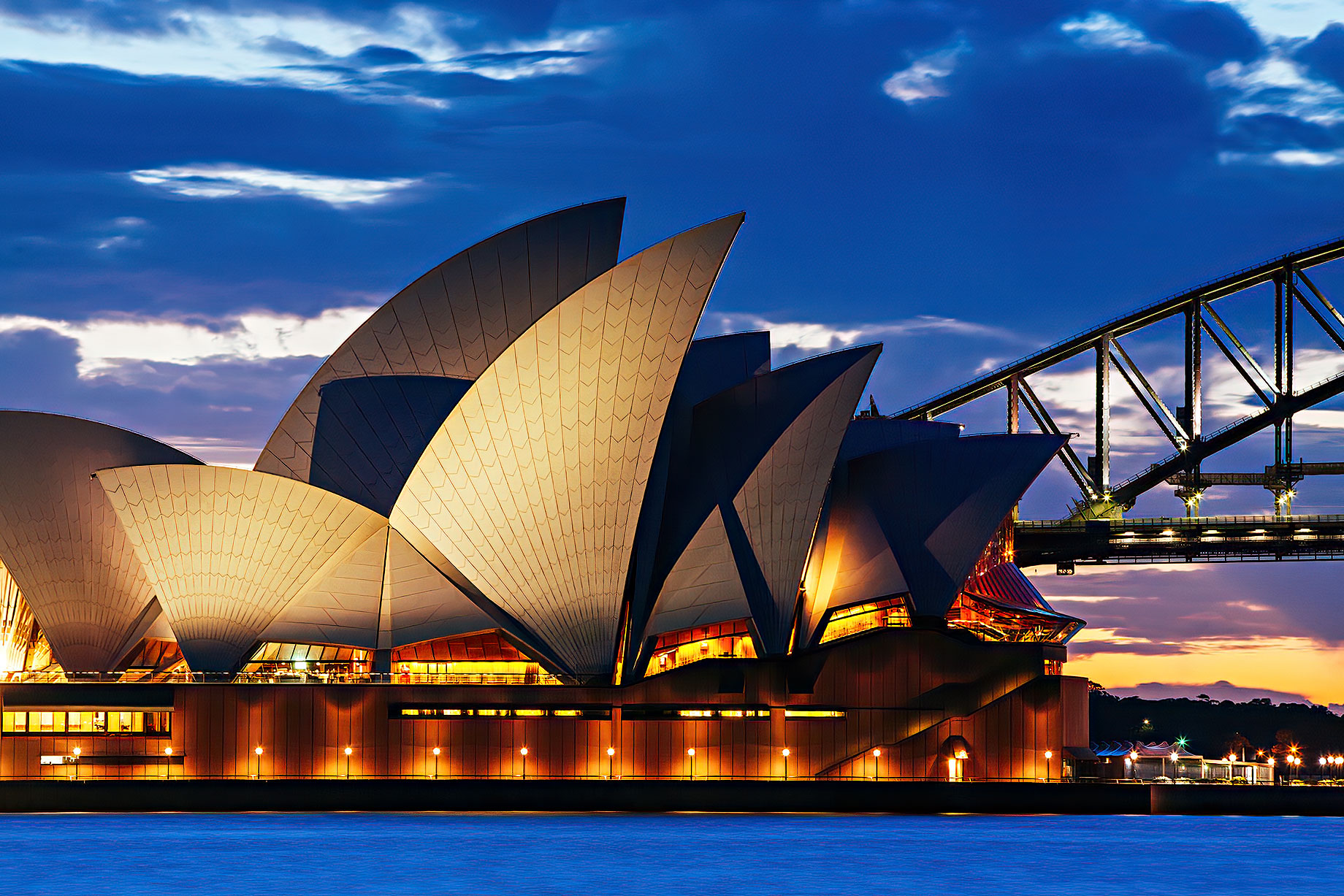
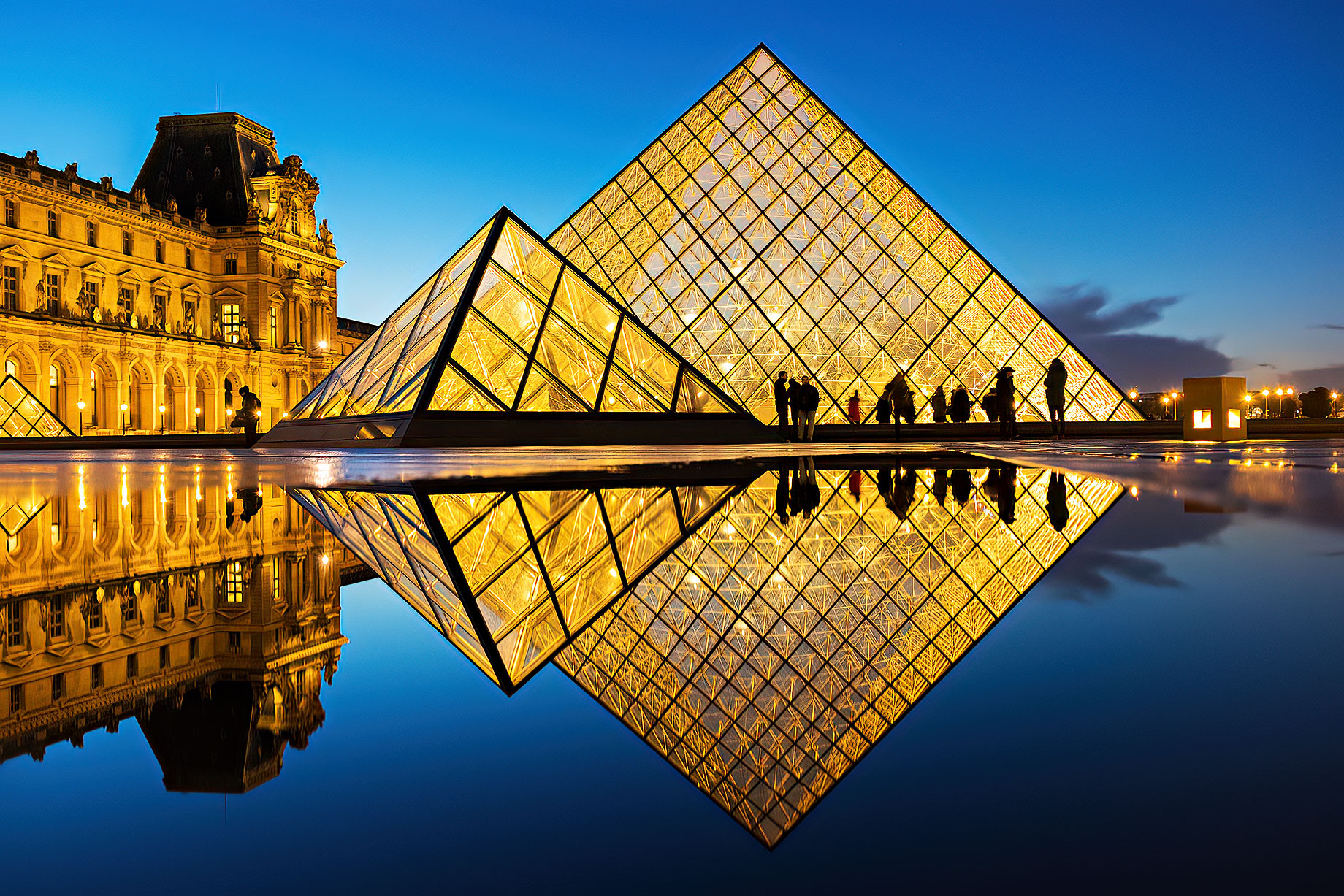
Modernism and contemporary periods marked a significant shift in architectural philosophy. Architects such as Frank Lloyd Wright and Le Corbusier emphasized functionality, simplicity, and the removal of excess ornamentation. Structures like the Farnsworth House by Mies Van Der Rohe and the Villa Savoye by Le Corbusier reflected this change in the architectural paradigm. These buildings, marked by clean lines, open spaces, and a focus on natural light, defined this transformative era. Decoration was minimal, often integrated seamlessly into the architecture itself, emphasizing the structure and space, which inspired so much of what was to come in the 20th century.
A notable example from this era is the CN Tower in Toronto. Constructed in 1976, it stands as a testament to modern engineering and design. Its sleek, minimalist structure stretching skyward embodies the ethos of the time – form following function, as the CN Tower held the record for the world’s tallest free-standing structure for 32 years, until it was surpassed by Dubai’s Burj Khalifa in 2007. Similarly emblematic structures like the Sydney Opera House, the Guggenheim Museum Bilbao, and the Louvre Pyramid, further encapsulate the innovative spirit of this era that brought contemporary modernism to our present day.
Conclusion
As this captivating journey through the history of style, decoration, and architecture concludes, it serves as a reminder of the profound impact these elements have had on our lives. From the majestic structures of ancient Egypt to the sleek lines of contemporary design, the stories woven within our built environment continue to inspire and captivate. This exploration lays a solid foundation for those inspired and who may now be wondering how to become an interior designer. Passionate individuals can explore the path of becoming an interior designer, embarking on a journey filled with endless creativity and the opportunity to shape the world around them. Let the history of style, decoration, and architecture be the guiding light as one carves its unique mark in design.